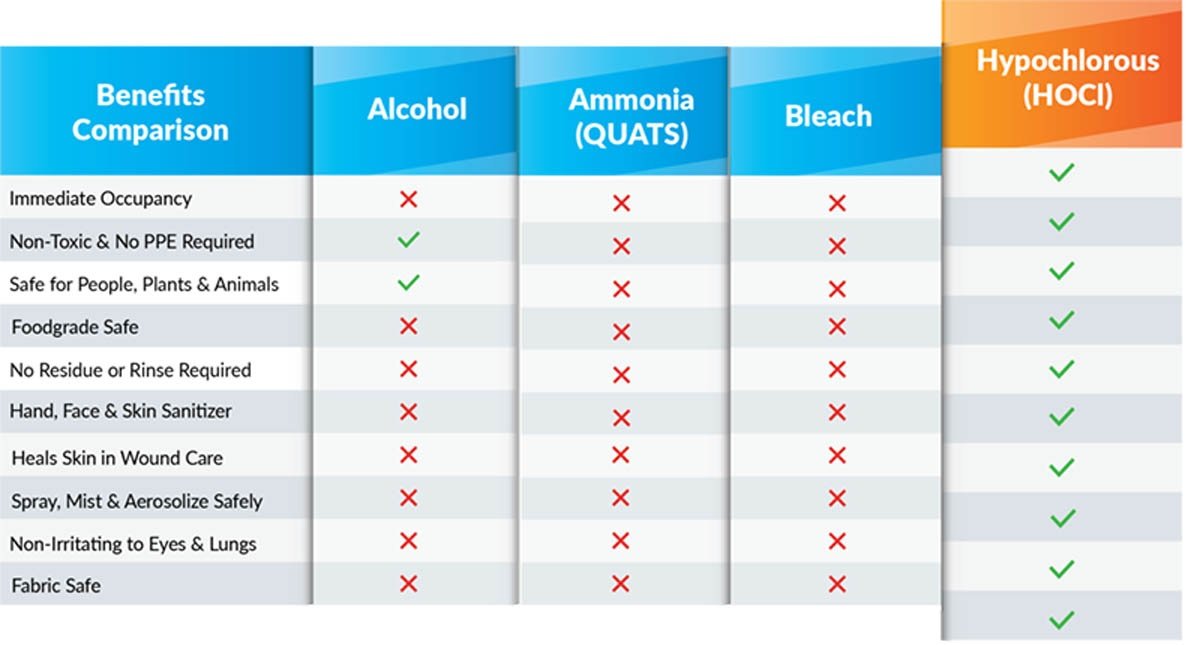Here are some similarities and differences between chlorine dioxide and antibiotics: Similarities: – Both chlorine dioxide and antibiotics are used to kill harmful bacteria. – Both can be effective against a wide range of bacterial strains. – Both can have potential side effects and toxicity if not used properly. Differences: – Chlorine dioxide is a chemical compound, while antibiotics are typically derived from living organisms or synthesized in a lab. – Chlorine dioxide works by oxidizing and disrupting the cell membrane of bacteria, while antibiotics work by targeting specific components of bacterial cells, such as cell walls or protein synthesis. – Chlorine dioxide has a broader spectrum of activity than many antibiotics, meaning it can kill a wider range of bacterial strains. – Chlorine dioxide is less likely to contribute to the development of antibiotic resistance than antibiotics, as it works through a different mechanism of action.
The “Daily dose mg/l (PPM) for 70KG adult for 1L/Day consumed” graph in the PDF file shows the recommended daily dosage of chlorine dioxide for a 70 kg adult who consumes 1 liter of water per day. The x-axis represents the concentration of chlorine dioxide in parts per million (ppm), while the y-axis represents the daily dose of chlorine dioxide in milligrams per liter (mg/l). The graph shows that the recommended daily dose of chlorine dioxide for a 70 kg adult ranges from approximately 3.5 mg/l (ppm) to 25 mg/l (ppm), depending on the desired level of disinfection. This graph can be used to determine the appropriate dosage of chlorine dioxide for treating antibiotic-resistant bacteria by first identifying the specific strain of bacteria and then consulting the “Comparison of Control vs. Experimental of MRSA Using Chlorine Dioxide at Different Concentrations” table in the PDF file to determine the minimum concentration of chlorine dioxide required for effective disinfection. Once the minimum concentration has been identified, the “Daily dose mg/l (PPM) for 70KG adult for 1L/Day consumed” graph can be used to determine the appropriate daily dose of chlorine dioxide for a 70 kg adult. The potential risks and benefits of using chlorine dioxide as a treatment for antibiotic-resistant bacteria are still being studied and debated by medical professionals. While chlorine dioxide has been shown to be effective at killing antibiotic-resistant bacteria in vitro, its safety and efficacy in vivo have not been fully established. Some potential risks of using chlorine dioxide include irritation of the skin, eyes, and respiratory system, as well as potential damage to healthy cells and tissues. However, some potential benefits of using chlorine dioxide include its broad spectrum of activity against a wide range of bacterial strains and its potential to reduce the development of antibiotic resistance.


Leave a Reply